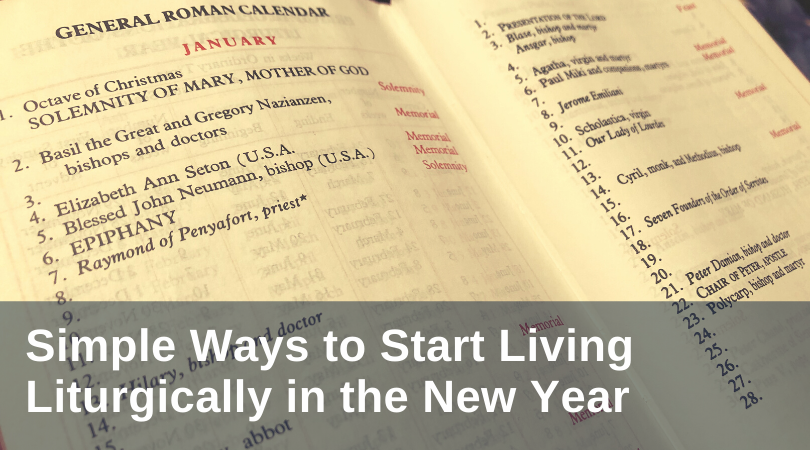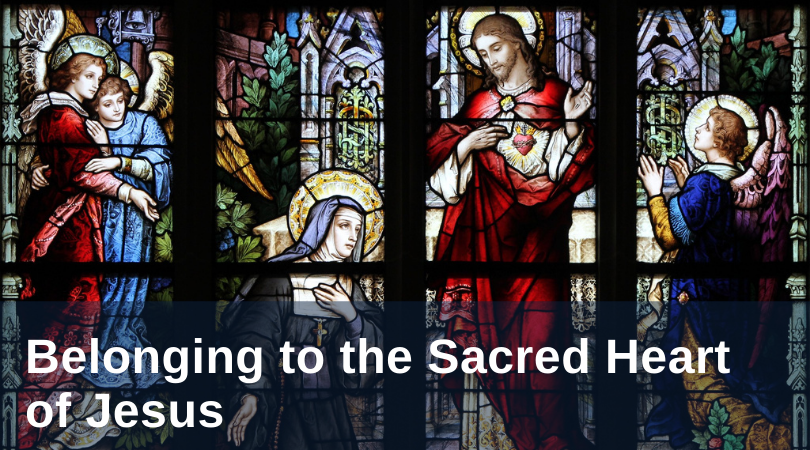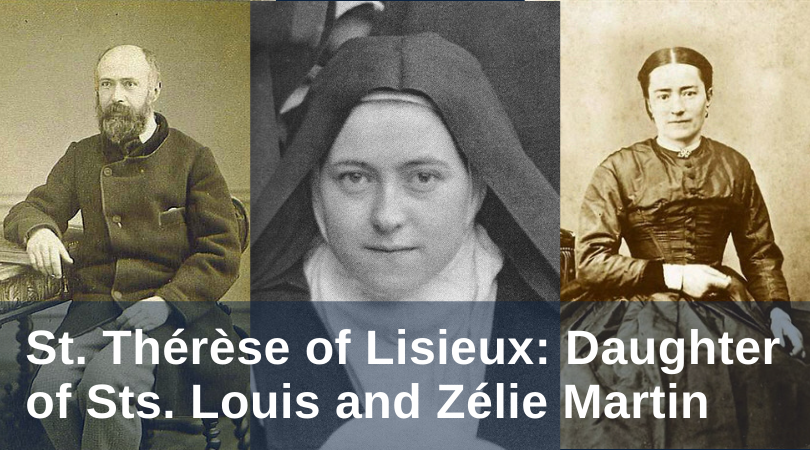Since I began seeking to live liturgically—that is, to observe the Church’s calendar and traditions in daily life—I have found that even small acts have introduced a new richness and joy into the rhythm of my days. There is a simple pleasure in anticipating upcoming feast days and other liturgical occasions and observing them in ways either light-hearted or prayerful. In recent years, I have celebrated the Feast of the Archangels (September 29) by preparing angel hair pasta to share with a dear friend, and I baked a honey pound cake for my co-workers on the Memorial of the Passion of John the Baptist (August 29), the patron of my parish, who subsisted on locusts and wild honey in the desert (see Matthew 3:4). Marian feasts are always an occasion to dress in blue and wear a Miraculous Medal. The pleasure of brightening an otherwise monotonous week with such celebrations is accompanied, moreover, with the joy that comes from developing a deeper appreciation for the richness of Catholic tradition and entering more fully into the universality of the Church. Becoming more attuned to the feasts and seasons of the liturgical year has helped me to feel more united with Catholics across the globe and throughout the centuries.
Simple Ways to Start Living Liturgically in the New Year
Topics: communion of saints, feast days, liturgical year, New Year, New Year's resolutions
We at the McGrath Institute for Church Life want to observe and celebrate Thanksgiving in a special way. On our radio show and podcast, Church Life Today, we shared five passages about the Eucharist and thanksgiving, with reflections to guide us into rediscovering how an exchange of thanksgiving occurs in the Sacrament of Sacraments. We know, of course, that the holiday Thanksgiving is not itself about the Eucharist. But this civic holiday is probably the closest in character to our religious holidays, and all the more because it is a feast dedicated to giving thanks. For those who revere and adore the Eucharist, we know that being transformed by that particular and unique “thanksgiving” should shape and transform our entire lives.
Topics: communion, communion of saints, Eucharist, liturgy, contemplative prayer, poetry, Thanksgiving, Church Life Today
Hearts are everywhere in our culture. We use the emoji in texts: “I ❤️U,” or on bumper stickers: “I ❤️NY.” Instagram and Twitter let you click a heart to ‘like’ a post. And let’s not forget the ‘hand heart.’ Notre Dame’s Domers, of course, love the Basilica of the Sacred Heart, the central place of worship on campus. So what is this Sacred Heart? And what does it mean? In my work with teenagers and young adults, I sense this devotion is poised for a great renewal.
We’re all craving connection, community, communion, and love in our broken and virus-wrecked world. We seek a heartfelt relationship with something, or rather Someone, bigger than ourselves. This is the power and attraction of the Sacred Heart. The heart of our Catholic faith is not an idea, but a person: Jesus. And he has a living, beating human heart right now. He has a risen Body and his Heart is filled with love for you and me.
Topics: communion of saints, devotional prayer, Jesus Christ, love, Sacred Heart of Jesus, community, saint devotions
St. Thérèse of Lisieux, “Daughter of Sts. Louis & Zélie Martin”
St. Thérèse is affectionately known the world over as “The Little Flower,” and her autobiography, Story of a Soul, has taught “millions of souls” (Pius XII) what has become known as her “Little Way.” This Little Way has been admired and embraced by so many because it allows the ordinary things of daily life to become the extraordinary deeds of love that can lead to sainthood.
In celebration of her feast day, we contemplate her Little Way from three different angles.
Topics: communion of saints, holiness, Little Way, St. Thérèse of Lisieux, A Season with the Saints, spiritual childhood, Sts. Louis and Zélie Martin
Today the Church celebrates the feast of St. Pius of Pietrelcina, a man better known simply as Padre Pio (1887–1968). Even before his death, Padre Pio was a source of fascination for many people, and stories of his remarkable holiness and supernatural gifts abound, some of which are truly astonishing, some of which border on outlandish, but all of which inspire us to take a closer look at this humble Capuchin friar, who was so intimately united with Christ in his heart, so closely conformed to Christ in his soul, that even his own body was also conformed to Christ, marked with the wounds of Christ’s Crucifixion.
Topics: communion of saints, Saturdays with the Saints, Padre Pio, A Season with the Saints





.png)
